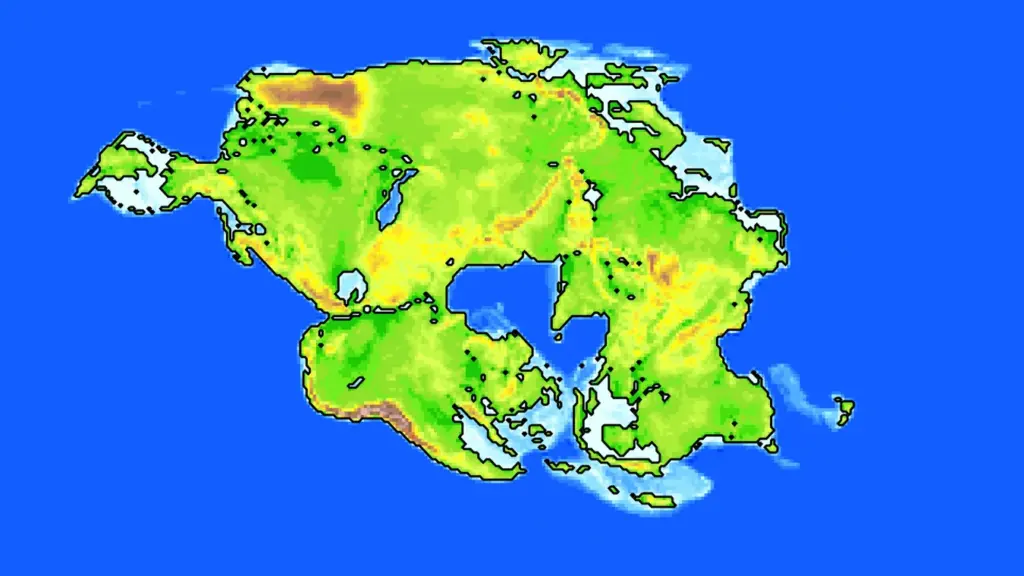
"Alfred Wegener's theory of continental drift proposed that all continents were once a single landmass. Despite initial skepticism, this idea gained acceptance after his death."
"Pangea, originally dismissed as a crackpot notion, is now understood as the eleventh supercontinent in Earth's geological history due to ongoing continental shifts."
Alfred Wegener's early 20th-century theory on continental drift proposed that Earth's continents were once united as a single landmass named Pangea. Although Wegener did not live to see his ideas gain mainstream acceptance, subsequent research confirmed mechanisms behind this drift. Experts now understand that continents have a cyclical history of separation and aggregation. This leads to the hypothesis that the next supercontinent could form in approximately 250 million years, as indicated by models like 'Novopangea' that predict geographic configurations of the future.
Read at Open Culture
Unable to calculate read time
Collection
[
|
...
]